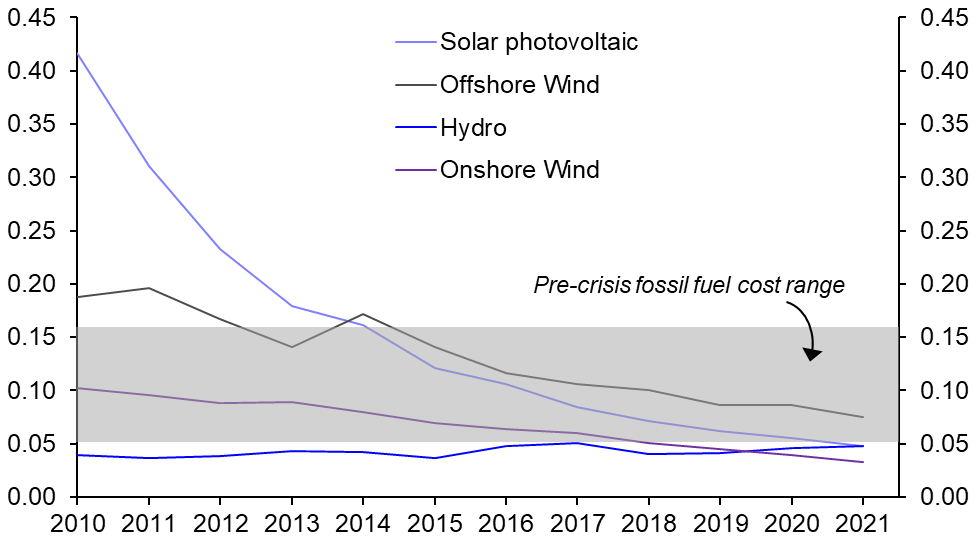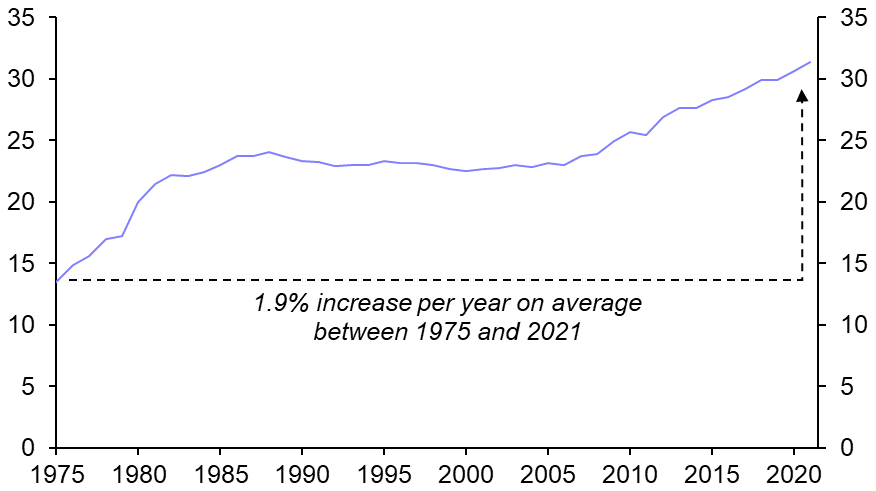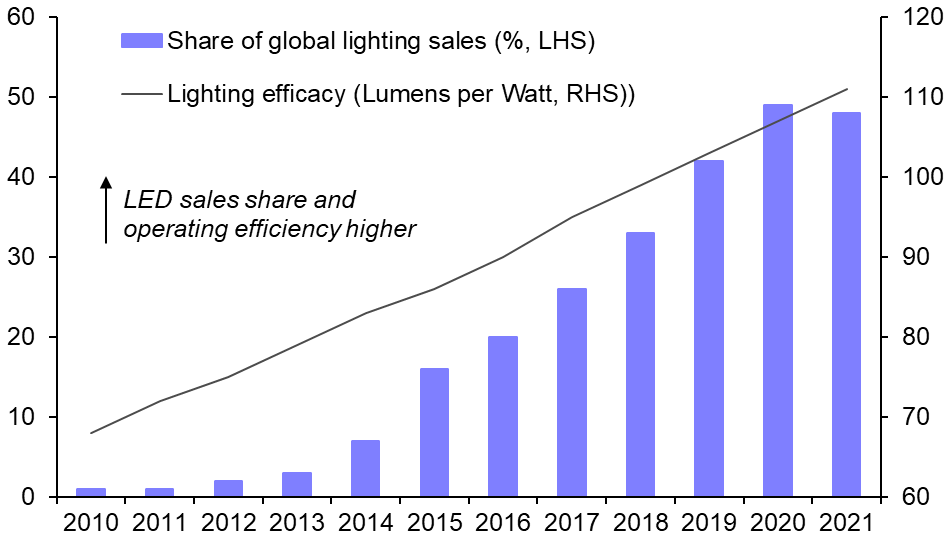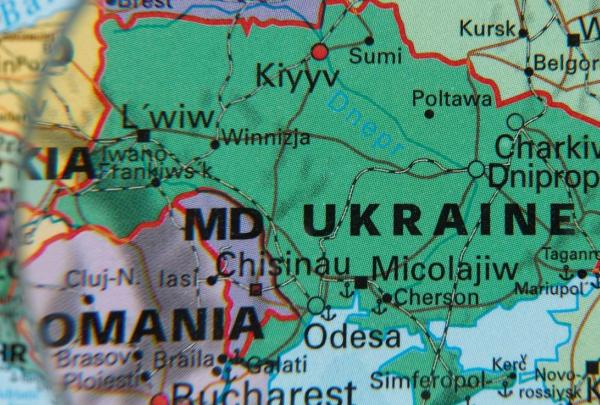Anyone expecting more than photo ops and lofty pronouncements from COP27 is likely to be disappointed.
The annual climate summit, which opened in Sharm El Sheikh yesterday, may give a small nudge to global efforts to contain rising temperatures. But climate change is an economic as much as a political challenge. Like most economic challenges, success will depend on the effective coordination and implementation of policy at the national level and, most importantly, the ongoing development and adoption of new technologies.
There’s justifiable scepticism about how much will be achieved by these nearly two weeks of meetings. COP summits have a long history of being heavy on rhetoric but light on substance. Communiques tend to be dominated by non-binding pledges and aspirational goals set way out in the future.
And even when seemingly concrete targets are set, the details are too unclear to achieve more than protracted debate over what was originally agreed. Hence a 2009 commitment to provide $100bn in “climate finance” each year to emerging economies has devolved into a row about how to define what climate finance actually is.
Fracturing trumps multilaterism
More importantly, this year’s COP summit is notable as much for who isn’t attending as who is. The leaders of three of the world’s top five polluting economies aren’t present – most notably Xi Jinping.
Their absences reflect a decline in multilateralism as the fracturing of the global economy accelerates, a theme we explored in our annual Spotlight project last month.
The consequences of a fracturing world will be especially profound when it comes to tackling the climate emergency, which is the ultimate collective action problem. The heart of our work on fracturing is forward-looking analysis about the rippling effect of the breakdown in US-China relations.
Six years ago, Barack Obama and Xi signed up to the Paris Agreement. It was a rare and remarkable display of US-China cooperation. But climate was also the last major channel of ongoing bilateral dialogue – it was shut down following Nancy Pelosi’s visit to Taiwan over summer.
This breakdown in global cooperation is also reflected in the partial coverage of big multilateral climate commitments. For example, China, Russia and India, which together account for 30% of global methane emissions, did not commit to COP26’s Global Methane Pledge to reduce emissions to 30% below 2020 levels by 2030.
Climate action at home
An absence of meaningful cooperation at a supranational level means efforts to tackle this collective action problem will fall short. Instead, it will be politicians acting in their national interest that will help accelerate and harness the scientific and technological forces driving green transitions.
This year’s passage of the Inflation Reduction Act commits the US government to funding equivalent to 1.6% of GDP for renewables and other green initiatives. This will be globally significant: the US is the second biggest emitter of greenhouse gases and this single legislative act makes it more likely that its emissions reduction targets will be met by 2030. But the Act was also the product of domestic political horse-trading which (understandably) put US interests at its core.
Similarly, the collapse of solar power prices reflects the skewed incentives of China’s local governments, whose drive to meet economic growth targets resulted in massive overcapacity in the sector in the 2010s.
China’s dominance in manufacturing coupled with the development progress of green technologies helps explain why the so-called levelized cost of generating electricity (LCOE) from onshore wind turbines has plunged by 85% over the past twenty years (see Chart 1), while the LCOE of solar panels has fallen by nearly 90% since 2010.
|
Chart 1: Levelised Costs of Electricity (US$2021 per kWh) |
|
|
|
Sources: IRENA, Capital Economics |
Though fossil fuels still dominate electricity production, this is largely due to existing infrastructure that supports the generation and distribution of power generation, When it comes to the actual cost of production, renewables are now at least as competitive as fossil fuels.
But there have been broader, less heralded, advances beyond the power sector. Away from the intense focus on the take-up of battery-powered cars, the fuel efficiency of cars with internal combustion engines has improved by 35% since 2005. (See Chart 2.) And there has been a quiet revolution in the way we light our buildings. The efficacy of LED lighting has improved by more than 60% in less than 15 year (see Chart 3) while their adoption has surged.
|
Chart 2: US Car Fuel Efficiency (Miles Per Gallon) |
|
|
|
Sources: EPA, Capital Economics |
|
Chart 3: LED Lighting |
|
|
|
Sources: IEA, Capital Economics |
We cover these trends in more detail in our new Climate Economics coverage, headed by David Oxley. Coverage includes a databank offering a comprehensive range of data series and forecasts combined with a powerful set of interactive, analytical tools. We’ve temporarily lowered the paywall so you can read our coverage so far, including our initial coverage of COP27, Europe’s shifting energy mix and more.
Our coverage of the economics of climate change, and efforts to counter it, will develop in the coming months to include closer analysis of climate finance, “greenflation” and the implications for prices of commodities needed for the green transition.
The message at the heart of this work is that, if we are to be successful in capping the rise in global temperatures, it’ll be driven by technological development accelerated by governments acting in their national interests rather than efforts to secure global accords on the banks of the Red Sea.
In case you missed it:
- Our FX Markets Outlook explained why the dollar rally could be entering its final stages.
- Jason Tuvey, a Senior Economist on our EM team, discussed the flaws in Nigeria’s plan to replace high-value bank notes.
- We’re holding Drop-Ins this week on the global recession, commodity markets, the financial markets outlook and US October CPI and the midterms.






